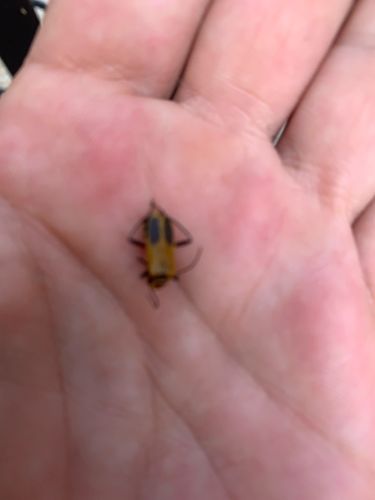Ant Decapitating Fly, Phorid Fly
Scientific Name: Pseudacteon spp. (a genus within Phoridae)
Order & Family: Diptera, Phoridae
Size: 0.5 mm to 6 mm, with ant-decapitating species usually on the smaller end of this range.

Natural Habitat
Typically found in areas where their host ants (often fire ants) are present, including grasslands, agricultural fields, gardens, and urban areas.
Diet & Feeding
Adult phorid flies feed on nectar and decaying organic matter. The larvae of ant-decapitating phorid flies feed on the internal tissues of their host ants.
Behavior Patterns
Female ant-decapitating flies lay an egg in the body of an ant. The larva then migrates to the ant's head, where it develops, eventually causing the ant's head to detach. The fly pupates inside the detached head. This behavior is primarily a parasitic relationship for reproduction.
Risks & Benefits
Generally beneficial as a biological control agent against pest ants, particularly fire ants, by disrupting their foraging and reproduction. There are no known direct risks to humans. While they are parasites, they do not pose a threat to human health or property.
Identified on: 9/26/2025